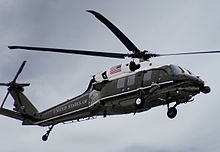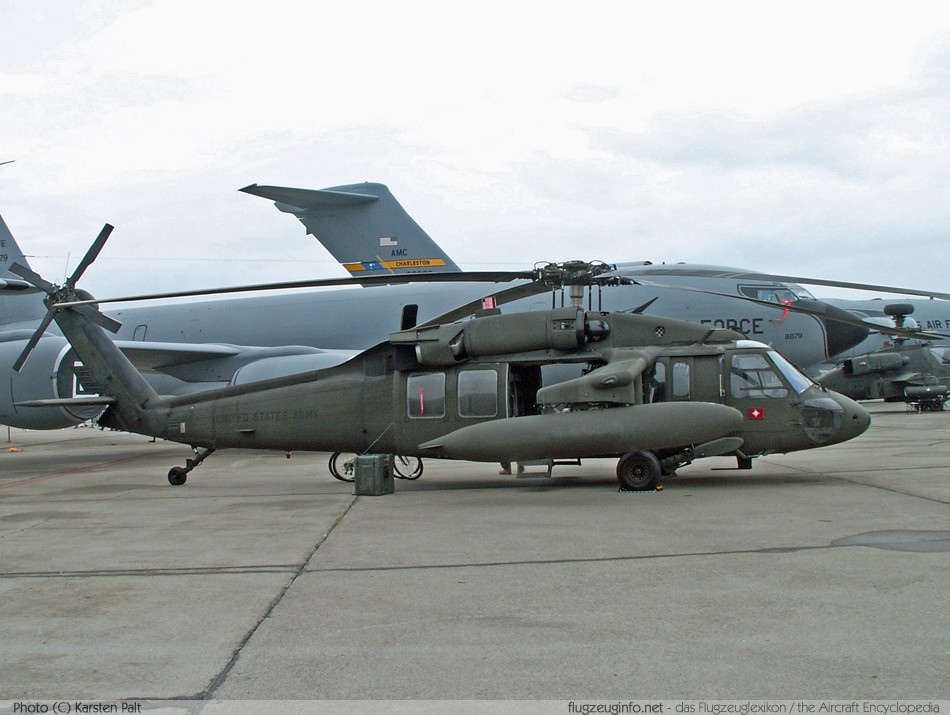A Take a look at the Sikorsky S 70's Function in Military and Civil Aviation
A Take a look at the Sikorsky S 70's Function in Military and Civil Aviation
Blog Article
High-Performance Multi-Role Rotorcraft Featuring Advanced Cabin Technologies and Integrated Sensing Unit Systems
The realm of rotorcraft modern technology has actually seen notable innovations in recent times, specifically in the realm of high-performance multi-role rotorcraft furnished with advanced cabin technologies and effortlessly integrated sensing unit systems. In the complying with conversation, we will discover the advancement of rotorcraft innovation, dive into the realm of sophisticated cabin developments, and check out the ramifications of incorporated sensing unit systems on the operational adaptability and efficiency of contemporary rotorcraft.
Development of Rotorcraft Modern Technology
The evolution of rotorcraft modern technology has actually been noted by substantial innovations in the rules of aerodynamics, materials, and propulsion systems, shaping the capabilities and performance of modern rotorcraft. In addition, innovations in propulsion systems, consisting of extra effective engines and ingenious propulsion innovations, have enabled rotorcraft to achieve higher elevations, faster rates, and higher payloads.
These developments have not only changed the capacities of rotorcraft yet have actually likewise broadened their applications across various sectors, consisting of military, commercial, and emergency situation solutions. The constant evolution of rotorcraft innovation continues to drive advancement in the area, pushing the borders of what is possible and forming the future of vertical trip.
Advanced Cockpit Innovations
Structure upon the foundational advancements in the rules of aerodynamics, materials, and propulsion systems, the world of rotorcraft technology currently shifts focus towards introducing Advanced Cockpit Innovations. The assimilation of innovative innovations within the cockpit setting plays a crucial function in enhancing the operational capacities, safety, and efficiency of modern-day rotorcraft. sikorsky s 70. Advanced Cockpit Innovations incorporate a vast variety of features created to offer pilots with boosted situational understanding, structured information management, and user-friendly control interfaces
Among the essential improvements in cockpit design is the application of glass cabins, which change conventional analog assesses with high-resolution displays. These digital systems supply personalized layouts, real-time information integration, and boosted readability, enabling pilots to accessibility important details at a look. Advanced avionics systems, such as fly-by-wire controls and increased fact displays, are transforming exactly how pilots engage with the airplane, enabling for precise control and boosted decision-making capabilities.


Integrating innovative cabin technologies not only improves pilot performance however also contributes to total goal efficiency and safety in complex functional atmospheres. By leveraging cutting edge modern technologies within the cockpit, rotorcraft manufacturers are establishing new standards for operational quality and objective success.
Integrated Sensor Solutions
With the evolution of rotorcraft modern technology, the combination of innovative Integrated Sensor Equipment has come to be critical in boosting operational performance and safety. These Integrated Sensor Equipments include a vast variety of technologies that supply crucial information for various functions such as navigating, surveillance, targeting, and environmental surveillance. By seamlessly integrating sensing units like radars, cameras, lidar, and infrared systems into rotorcraft, drivers can take advantage of improved situational understanding, boosted mission capabilities, and minimized pilot work.
One key benefit of Integrated Sensing unit Equipments is their ability to gather real-time data and give workable insights to pilots and mission operators. For instance, progressed radar systems can detect and track targets over fars away, enabling early danger detection and effective reaction preparation. In addition, incorporating infrared and electro-optical electronic cameras enables rotorcraft to perform reconnaissance and surveillance missions with precision and accuracy.
Essentially, the integration of advanced sensor innovations into rotorcraft not only enhances functional performance yet additionally adds dramatically to total goal success and team security. As rotorcraft continue to evolve, the duty of Integrated Sensor Solution will undoubtedly remain at the center of technology in the aerospace sector.
Operational Versatility and Effectiveness
Enhancing functional convenience and effectiveness in rotorcraft is a natural progression from the assimilation of sophisticated Integrated Sensor Systems. By leveraging the information and insights offered by these innovative sensing unit systems, rotorcraft can maximize their efficiency across various missions and settings.
Operational versatility incorporates the capability of rotorcraft to adjust to various roles and circumstances effectively. With innovative cockpit technologies and incorporated sensor systems, rotorcraft can seamlessly change in between tasks such as search and rescue, clinical evacuation, monitoring, and more. This adaptability enhances the rotorcraft's ability to meet varied functional needs without calling for comprehensive reconfiguration.
Performance in rotorcraft operations is critical for maximizing objective performance and resource use. Integrated sensing unit systems play a critical function in boosting operational effectiveness by giving real-time data on weather condition problems, surface mapping, target tracking, and much more. This information makes it possible for pilots to make educated choices promptly, maximize flight paths, save gas, and boost total mission productivity.
Influence On Modern Aeronautics Workflow

In addition, the combination of innovative sensors helps with improved objective preparation and execution, making it possible for rotorcraft to carry out a vast array of jobs with enhanced precision. From search and rescue procedures to aerial firefighting and legislation enforcement goals, the capacities of modern rotorcraft furnished with advanced cockpit modern technologies and integrated sensor systems are unequaled.
Moreover, the effect of these innovations extends beyond functional performance to cost-effectiveness and sustainability. By optimizing flight routes, fuel consumption, and upkeep timetables, high-performance rotorcraft geared up with sophisticated cockpit innovations and sensing units add to decreasing functional expenses and ecological influence, making them essential possessions in modern-day air travel procedures.
Verdict
To conclude, the high-performance multi-role rotorcraft with advanced cockpit innovations and integrated sensing unit systems stands for a substantial advancement in aeronautics modern technology. These innovations enhance operational flexibility and efficiency, ultimately impacting modern aviation operations in a positive means. The assimilation of these innovative modern technologies permits for boosted capacities and efficiency in different objective situations, showcasing the continued advancement of rotorcraft technology in the aeronautics sector.
The world of rotorcraft innovation has seen notable advancements in current times, specifically in the world of high-performance multi-role rotorcraft geared up with advanced cockpit modern technologies and flawlessly incorporated sensor systems. From boosted goal adaptability to enhanced operational performance, blog here the convergence of advanced cabin modern technologies and integrated sensing unit systems has ushered in a new age of possibilities for rotorcraft applications. In useful site the following discussion, we will discover the development of rotorcraft modern technology, delve into the realm of sophisticated cabin innovations, and examine the ramifications of incorporated sensing unit systems on the operational adaptability and efficiency of modern-day rotorcraft.

Report this page